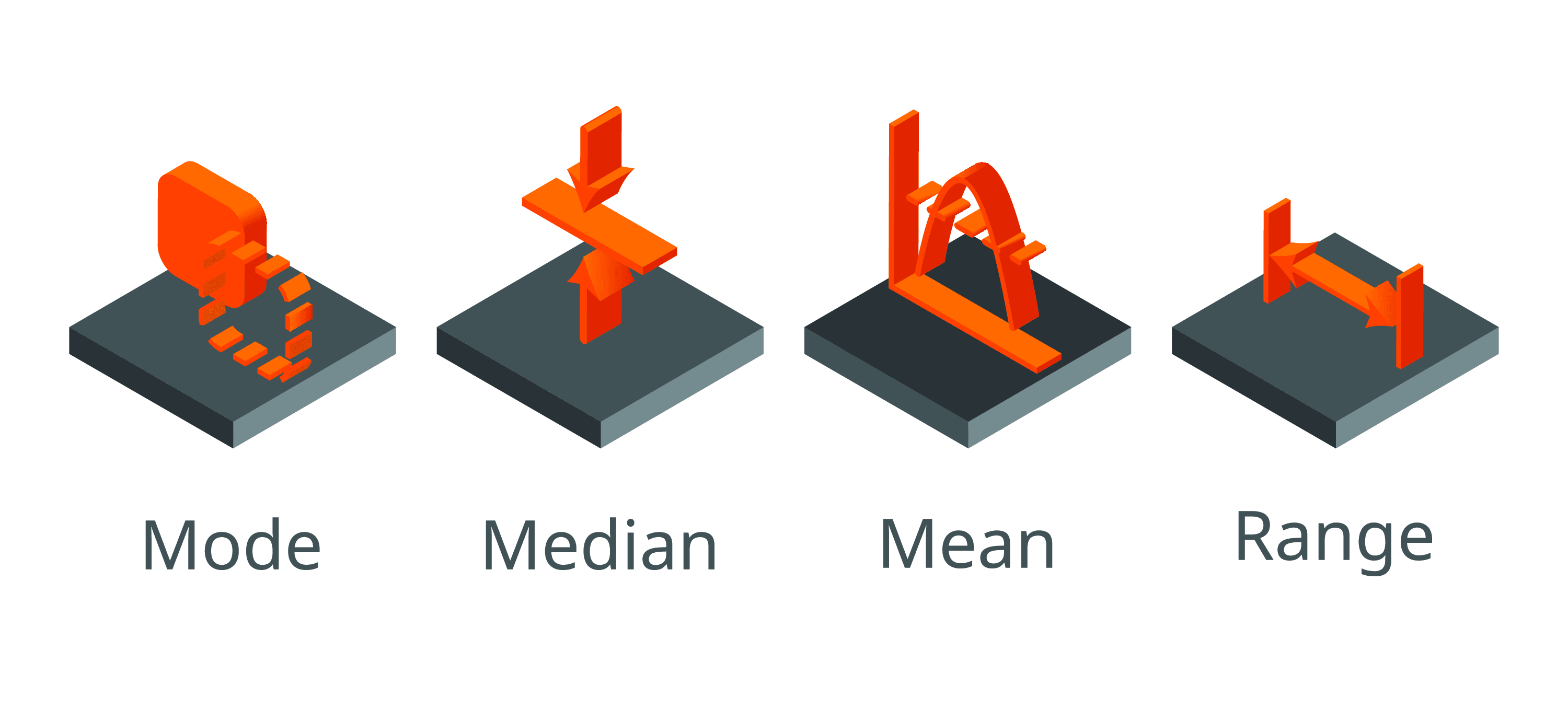What is it with odds and risk?!
Posted on 8th May 2013 by Geethu Parvathy

When it comes to analytical studies like cohort studies and case control studies, these two words odds ratio and relative risk, may get confused with each other sometimes, especially for beginners. Both are just two distinct terms used to denote “strength of association”.
Strength of association:
Refers to how much a particular factor is associated directly with the disease/condition under study. For example “smokers have 6 times increased risk of getting lung cancer than non-smokers” here the value “6” denotes the strength of causal association between smoking and lung cancer.
What is odds ratio?
Odds ratio is a measure of strength of association between risk factor and outcome/disease in a case control study. It is defined as the ratio of the odds of an event occurring in one group to the odds of it occurring in another group.
Here the outcome being investigated should not be a common one, the cases must represent those who already had the outcome and controls represent those without outcome.
[table]
, , Case, Control
Risk Factor, Present, a, b
, Absent, c, d
[/table]
Odds ratio is only a rough method of estimating the strength of association because a case control study never provide incidence rates since there is no definite population under risk. Odds ratio = ad/bc
What is relative risk?
It is again a measure of strength of association. Relative risk is actually the ratio between incidence of outcome/disease among exposed people and that among unexposed people. It is usually used in a cohort study where there is a definite population under study and we can calculate incidence rates. Hence it is a direct and accurate value compared to odds ratio. Here also one can create a 2*2 table.
, , Disease/Outcome, , Total, , Occurred, Not occurred,
Risk Factor, Present, a, b, a+b
, Absent, c, d, c+d
[/table]
Here, Relative risk = Incidence among exposed/ incidence among non- exposed
Another term is attributable risk:
Which also comes under cohort studies in which one can tell how much of disease is attributed to a particular risk factor. It is the difference in incidence rates among exposed and non-exposed.
Example: 85% cases of fatty liver are attributed to alcohol intake. Here 85% is the extent of disease attributed to particular risk factor. Or in another way you can say that 85% of cases of fatty liver can be prevented if alcohol intake is controlled or eliminated.
Why do we need them?
These estimations of risk have great importance not only in learning or for research to find out the risk factors but they provide proper evidence for a clinician as well as public health workers to prevent or control many diseases by eliminating such risk factors.
References:
[1] Allen Last, MD and Stephen Wilson, MD. Relative risk and odds ratio: What’s the difference? The journal of Family Practice. February 2004 Volume. 53, no. 2. [cited 8 May 2013]
Available online: http://www.mdedge.com/jfponline/article/65515/relative-risks-and-odds-ratios-whats-difference
[2] Caster Oliver Schmidt and Thomas Kohlmann. When to use odds ratio or relative risk?
International Journal of Public Health. june 2008, volume 53, issue 3. pp 165-167 [cited 8th may 2013].
Available online: https://www.researchgate.net/publication/23762851_When_to_use_the_odds_ratio_or_the_relative_risk
[3] Huw Talfryn Oakley Davies. When can odds ratios mislead? BMJ 1998;316:989 [cited 8 May 2013]. Available online: http://www.bmj.com/content/316/7136/989




No Comments on What is it with odds and risk?!
this is very helpful, thank you :)
12th May 2013 at 8:33 pm